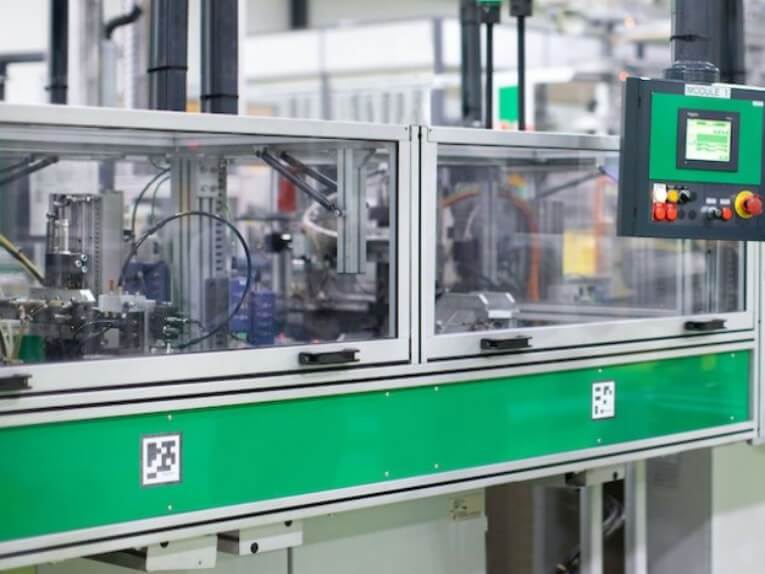Many modern manufacturers achieve significant productivity gains by automating their material handling tasks. However, it’s not always clear what people mean by material handling and how robots help with these applications. Therefore, before beginning your automation journey with material handling robots, it’s essential to understand what material robots are, what options are available to you, and the types of applications they’re commonly deployed in to be successful.
What Do Material Handling Robots Do?
Material handling is a broad term describing a related group of tasks involving manipulating, transferring, or transporting objects from one place or orientation to another. These objects can be:
1. Boxes
2. Parts
3. Food or beverage items
4. Components
5. Containers
Material handling is a critical process that links the broader manufacturing process together. For instance, material handling tasks can occur on the same machine. Specifically, a robot or operator might need to reorient a part partway through a process. Alternatively, a component must be transported from one station to another. Material handling is the process of moving these parts from where they are to where they need to be.
Common Material Handling Robot Applications
There are several applications that manufacturers categorize as material handling applications. The primary objective of a material handling task is to move a component from one place or orientation to another. Commonly, material handling could be a subtask of a more extensive application. For example, an automated welding application might have a material handling component. Before welding, a machine might present the part to the welding robot. After the weld, a robot might transfer the member to a conveyor belt. Both instances are material handling examples. Other examples include:
1. CNC machine tending
2. Press handling
3. Bin picking
4. Palletizing
5. Assembly
6. Part transfer
7. Packaging
Which Industries Use Material Handling Robots?
You can find material handling robots in almost any industry. As such a common task for manufacturers, it’s hard to find an industry that doesn’t leverage material handling robots. Popular sectors for these robots include:
1. Aerospace
2. Automotive
3. Welding
4. Metals
5. Plastics
6. Food and beverage
7. Logistics
8. Retail
9. Pharmaceuticals
How Robots Automate Material Handling Tasks
Material handling can be a mundane and repetitive task when performed manually. Unfortunately, this can lead to workers that aren’t fulfilled or engaged in their work–resulting in poor performance and morale. Tasks like this are often good candidates for automation, so it is no surprise that material handling tasks are some of the most commonly automated manufacturing applications. In fact, this group of tasks tends to be the first target for automation for manufacturers new to robotics.
Part Presentation
Processes can present parts to a robot in a variety of ways. Conveyor belts are a common method of part presentation. This is especially the case when parts move from one station to another over a significant distance. However, it’s not uncommon to see other methods of part presentation, such as:
1. Other robots
2. Turntables
3. Loading tables
4. Other machines
5. Kanban systems
Part Location
Material handling applications leverage the robot’s ability to perform repetitive tasks quickly and efficiently over an extended period. Material handling tasks tend to have predictable cycles where parts arrive in the same position and orientation every time. For unpredictable tasks, additional sensors or vision systems can assist the robot in locating objects.
Part Manipulation
Robots manipulate objects with special end-of-arm tooling. These tools are chosen with the specific object in mind for efficient and predictable control. For example, integrators often choose mechanical grippers for most applications. However, ferrous materials can benefit from an electromagnetic gripper. Other components might require a soft gripper or suction cup. The type of part often defines which gripper type is best.
Application details are essential for all automation applications. However, they are especially critical for material handling applications. Overlooking specific requirements can lead to a system that underperforms or can’t complete the desired task. For example, a poor gripper selection might result in a robot that can’t reliably handle the component. While it’s important to understand these details, most manufacturers benefit from working with automation experts.
Post time: Feb-27-2023








